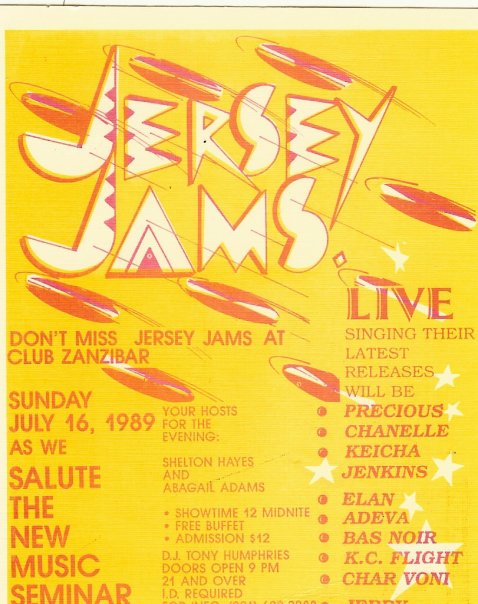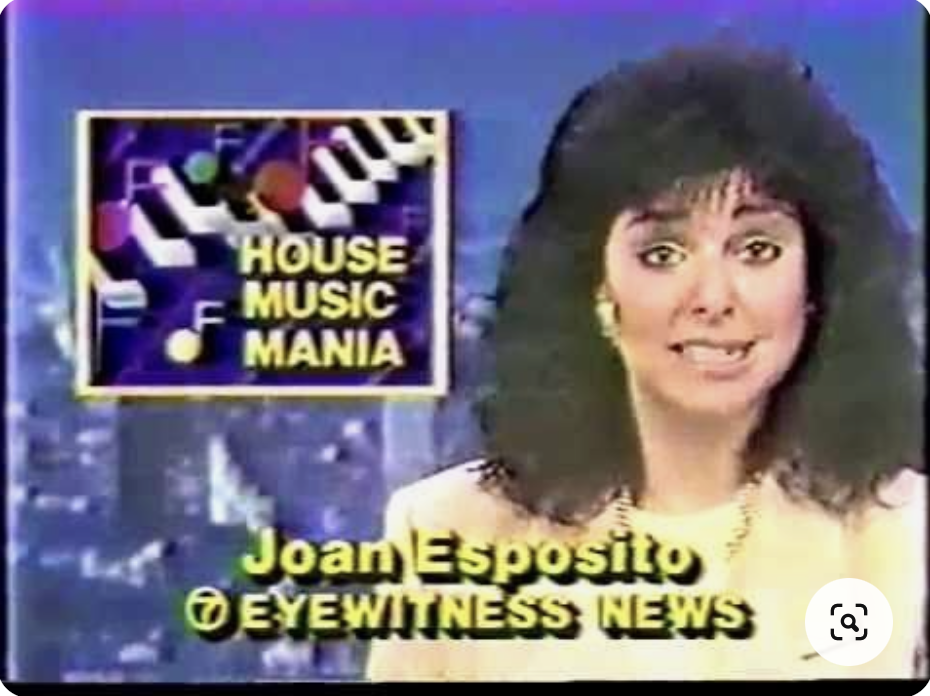For me, the answer is a big ‘YES’. Soulful house, especially from the golden era between 1989 and 1992, is not only defined by its sound but by a distinct visual aesthetic. During these years, the genre flourished, largely shaped by the NYC garage style and New Jersey sound and movement, with iconic venues like Shelter, Club Zanzibar and labels such as Movin’ Records at the forefront.

But What Does This Aesthetic Look Like?
It’s a juxtaposition of harsh urban landscapes mixed with art and colour. Brick walls covered in graffiti, bright pops of colour that contrast with the gritty textures of the city. This aesthetic is about fun and freedom. Script and graffiti-style fonts embodied the street culture, creating a rebellious, youthful appeal. The Strictly Rhythm logo, and the Movin’ Records logo personify these qualities.


There are also many album artworks from this era expressing this vibe too.
These visuals are as much a part of the scene as the music pouring out of the clubs.








In video clips, this manifested into scenes featuring dark nightclubs and colourful lights, bokeh and urban scenes overlaid by graphic elements and text featuring lyrics and the like.




Clothing? It was an era of statement pieces: bright makeup, big hair, and lycra bodysuits that moved with the beat. Memphis patterns added a playful, almost chaotic energy to the look, mirroring the music’s joyous unpredictability. And of course, to say that hip-hop was not an influence would be a stark omission.



This aesthetic, for me, most visibly manifested in popular culture through the style showcased on The Fresh Prince of Bel-Air, particularly in the opening credits. The bright, fun, and slightly over-the-top vibe was always something I felt had a touch of house music energy behind it, even though the show leaned more towards hip-hop. After all, DJ Jazzy Jeff—who appeared regularly—was known for playing house blurring the lines between the two genres. There was always a sense that The Fresh Prince was a little house behind its hip-hop facade.


This aesthetic didn’t exist in a vacuum though. Some of these elements surely influenced the colour and fun that went on to become a huge part of the art and fashion in the acid house and rave genres.
So, yes—soulful house has an aesthetic. And for those of us who lived through those years, it’s impossible to separate the music from the vibrant, urban style that accompanied it. The sound and the look are intertwined, each amplifying the other, creating a vibe that remains unmistakably soulful and undeniably house.

Make sure you check out ‘Club Zanzibar & the New Jersey Sound (early 90s)’ Pt 1 & 2 on Tony Humphries channel on YouTube.